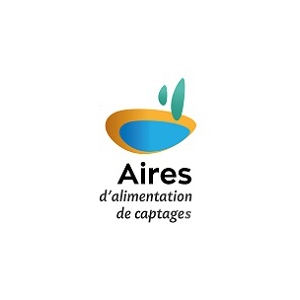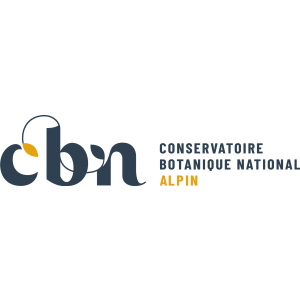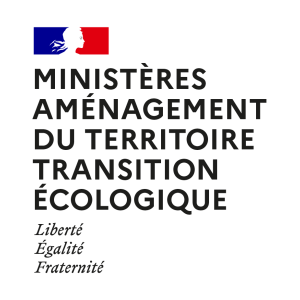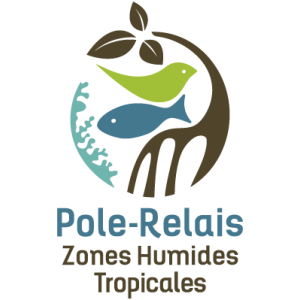
Document généré le 18/11/2025 depuis l'adresse: https://www.documentation.eauetbiodiversite.fr/fr/notice/tunisian-reservoirs-diagnosis-and-biological-potentialities
Titre alternatif
Producteur
Contributeur(s)
EDP Sciences
Identifiant documentaire
10-dkey/10.1051/alr/2019014
Identifiant OAI
oai:edpsciences.org:dkey/10.1051/alr/2019014
Auteur(s):
Amel Ben Rejeb Jenhani,Afef Fathalli,Imed Djemali,Thomas Changeux,Mohamed Salah Romdhane
Mots clés
Water resources
quality of water
biological communities
mullets
fisheries
Date de publication
15/07/2019
Date de création
Date de modification
Date d'acceptation du document
Date de dépôt légal
Langue
en
Thème
Type de ressource
Source
https://doi.org/10.1051/alr/2019014
Droits de réutilisation
Région
Département
Commune
Description
Due to scarcity, irregular rainfall and increasing water demand, several reservoirs have been built in recent decades in Tunisia to meet water needs for essential uses, which is generally done without analysis of their capacity to maintain a high quality of aquatic life and equitable distribution of water resources. Currently, 90% of available water resources are already mobilized and climate change exacerbates the country's aridity which makes it difficult to monitor water needs. With a view to contributing to their effective management and setting future directions for controlling and improving inland fish productivity, a comparative limnological study was carried out on 8 artificial reservoirs that were stocked with mullet fry. This study, based on a review of existing data, provides information on the availability and quality of inland water resources in relation to international standards and the biological potential (plankton, fish and other organisms) of these reservoirs. The satisfactory water quality for aquatic life, as well as the significant growth and production of introduced species associated with the rearing of mullet fry, clearly show that, despite several problems, Tunisian reservoirs represent an important potential that still needs to be developed. To this end, we recommend to improve the fishing techniques and the stocking of mullet fry. In addition, the strengthening of fishermen's groups, the encouragement of private initiative and the quality control of water and fish meat are highly requested.
Accès aux documents
0
Consultations
0
Téléchargements






























